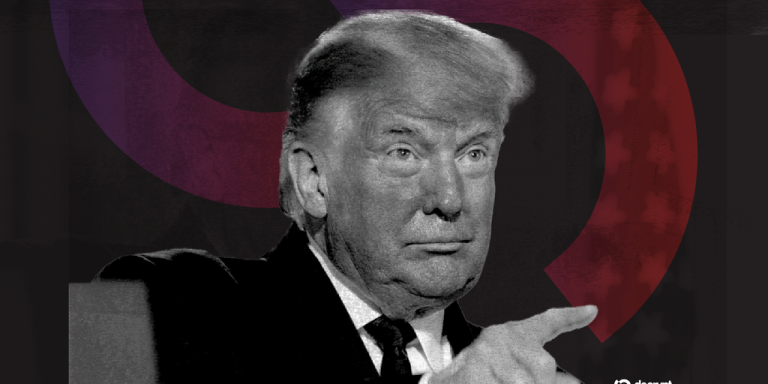
Mindfulness Practices for Stress Relief: A Comprehensive Guide to Reducing Anxiety
Mindfulness practices have been increasingly popular in recent years, and for good reason. The practice of being present in the moment, without judgment, has been shown to have a significant impact on reducing stress and anxiety. In this article, we will explore the various mindfulness practices that can help you achieve a peaceful state of mind and reduce stress and anxiety.
What is Mindfulness?
Mindfulness is the practice of being fully present and engaged in the current moment, while simultaneously cultivating a non-judgmental awareness of one’s thoughts, feelings, and bodily sensations. This means paying attention to the present moment, without getting caught up in thoughts about the past or worries about the future.
The Benefits of Mindfulness
The benefits of mindfulness are numerous. Regular mindfulness practice has been shown to reduce stress and anxiety, improve mood, and enhance overall well-being. Additionally, mindfulness has been linked to improved sleep quality, increased focus and concentration, and a stronger immune system.
Mindfulness Practices for Stress Relief
There are many mindfulness practices that can help reduce stress and anxiety. Some of the most popular include:
- Meditation: Meditation involves sitting quietly, focusing on the breath, and observing any thoughts or feelings that arise without judgment. Regular meditation practice can help reduce stress and anxiety by teaching the mind to stay present and focused.
- Yoga: Yoga combines physical movement with deep breathing and meditation techniques to promote relaxation and reduce stress. Yoga has been shown to reduce symptoms of anxiety and depression, and improve overall mood and well-being.
- Deep Breathing Exercises: Deep breathing exercises involve focusing on the breath, taking slow, deep breaths in through the nose and out through the mouth. This can help calm the nervous system and reduce feelings of stress and anxiety.
- Body Scan: A body scan involves lying down or sitting comfortably, and bringing awareness to each part of the body, starting at the toes and moving up to the head. This can help release physical tension and promote relaxation.
- Mindful Walking: Mindful walking involves paying attention to the sensation of each step, the movement of the legs and arms, and the rhythm of the breath. This can help cultivate a sense of awareness and presence, and reduce stress and anxiety.
Getting Started with Mindfulness
Getting started with mindfulness is easy. Here are a few tips to help you begin:
- Start small: Begin with short periods of mindfulness practice, such as 5-10 minutes a day, and gradually increase as you become more comfortable with the practice.
- Find a quiet space: Identify a quiet, comfortable space where you can practice mindfulness without distractions.
- Use guided recordings: Utilize guided recordings, such as apps or videos, to help lead you through mindfulness exercises and provide instruction and support.
- Be patient: Remember that mindfulness is a practice, and it may take time to develop. Be patient with yourself, and don’t get discouraged if your mind wanders.
Conclusion
Mindfulness practices offer a powerful tool for reducing stress and anxiety. By incorporating mindfulness into your daily routine, you can cultivate a greater sense of awareness, calm, and well-being. Remember to start small, be patient, and find a practice that works for you. With regular mindfulness practice, you can achieve a peaceful state of mind and reduce stress and anxiety.





